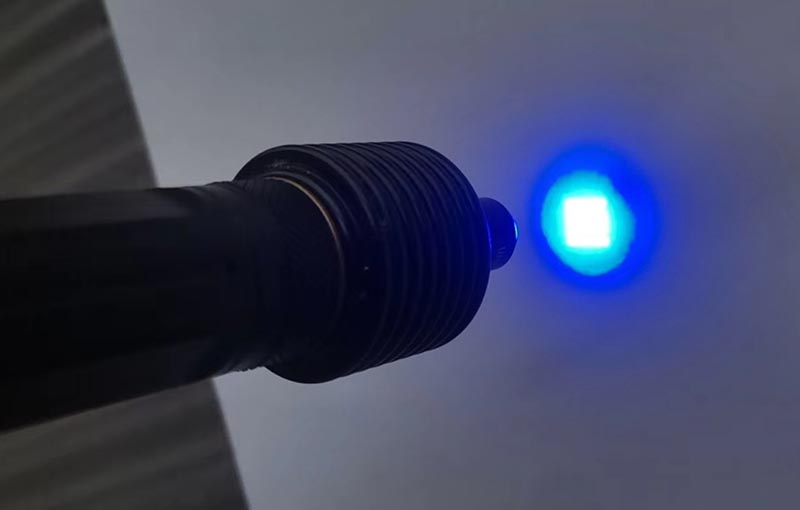High Power UV Curing Resin Process
High power UV curing is a process that uses high intensity ultraviolet light to cure or “dry” inks, coatings, or adhesives. The UV formulations are liquid monomers and oligomers mixed with a small percentage of photoinitiators, and then exposed to UV energy. In a few seconds, the formulation – inks, coatings, or adhesives instantly “harden” or cure, ready for the next processing step.
High power UV curing offers several advantages over traditional curing methods, such as thermal curing and solvent-based curing. These advantages include:
- Fast curing speed: High power UV curing can cure inks, coatings, or adhesives in a matter of seconds, compared to minutes or even hours for traditional curing methods. This makes it ideal for high-volume production applications.
- Low energy consumption: High power UV curing uses less energy than traditional curing methods, which can save money and reduce environmental impact.
- Solvent-free:High power UV curing does not use solvents, which makes it a more environmentally friendly process.
- High quality results: High power UV curing can produce high quality, durable results.
The main drawback of high power UV curing is the high cost of the equipment. However, the overall cost savings and environmental benefits can make it a worthwhile investment for many applications.
The power density of the UV light is an important factor in the high power UV curing process. The power density is the amount of power per unit area of the UV light. A higher power density will result in a faster curing speed. However, it is important to choose a power density that is appropriate for the specific application. Too high of a power density can damage the substrate or cause the resin to cure unevenly.
The wavelength of the UV light is also an important factor. The best wavelength for curing resin will depend on the type of resin being used. In general, UVA light is the best choice for most resins. UVA light has a wavelength of 315-400 nm, which is absorbed by most resins.
The high power UV curing process is a versatile and efficient method for curing inks, coatings, and adhesives. It offers several advantages over traditional curing methods, such as fast curing speed, low energy consumption, and solvent-free operation. The main drawback is the high cost of the equipment. However, the overall cost savings and environmental benefits can make it a worthwhile investment for many applications.
Here are some of the applications of high power UV curing:
- Inkjet printing
- Label printing
- Decorating
- Coating
- Adhesive bonding
- Stereolithography
- 3D printing
High power UV curing is a rapidly growing technology that is being used in a wide variety of industries. It is a versatile and efficient process that offers many advantages over traditional curing methods.
Here are some of the factors to consider when choosing a high power UV curing system:
- The type of resin being used
- The desired curing speed
- The required power density
- The wavelength of the UV light
- The budget
It is important to consult with a UV curing expert to choose the right system for your application.


![[video] Customized circular light sources case UV curing equipment](https://www.uv-disinfect.com/wp-content/uploads/2022/09/circular-light-sources.jpg)
new Handheld UV LED Spot Curing Lamp FL02 flashlight
spot size :6mm
Use Distance:20mm
Optical power: 6.2w/cm^2
new Handheld UV LED Spot Curing Lamp FL02 flashlight